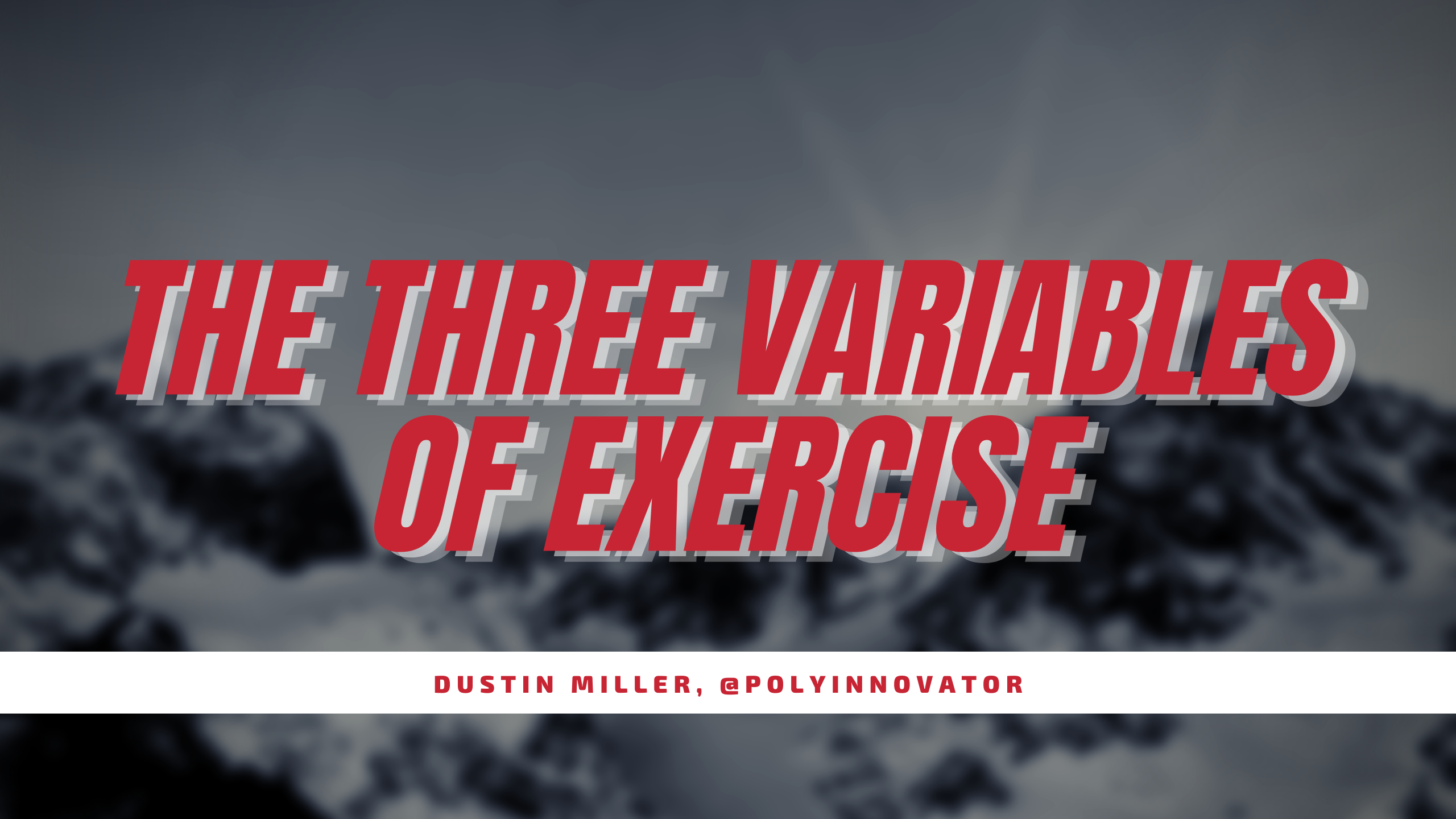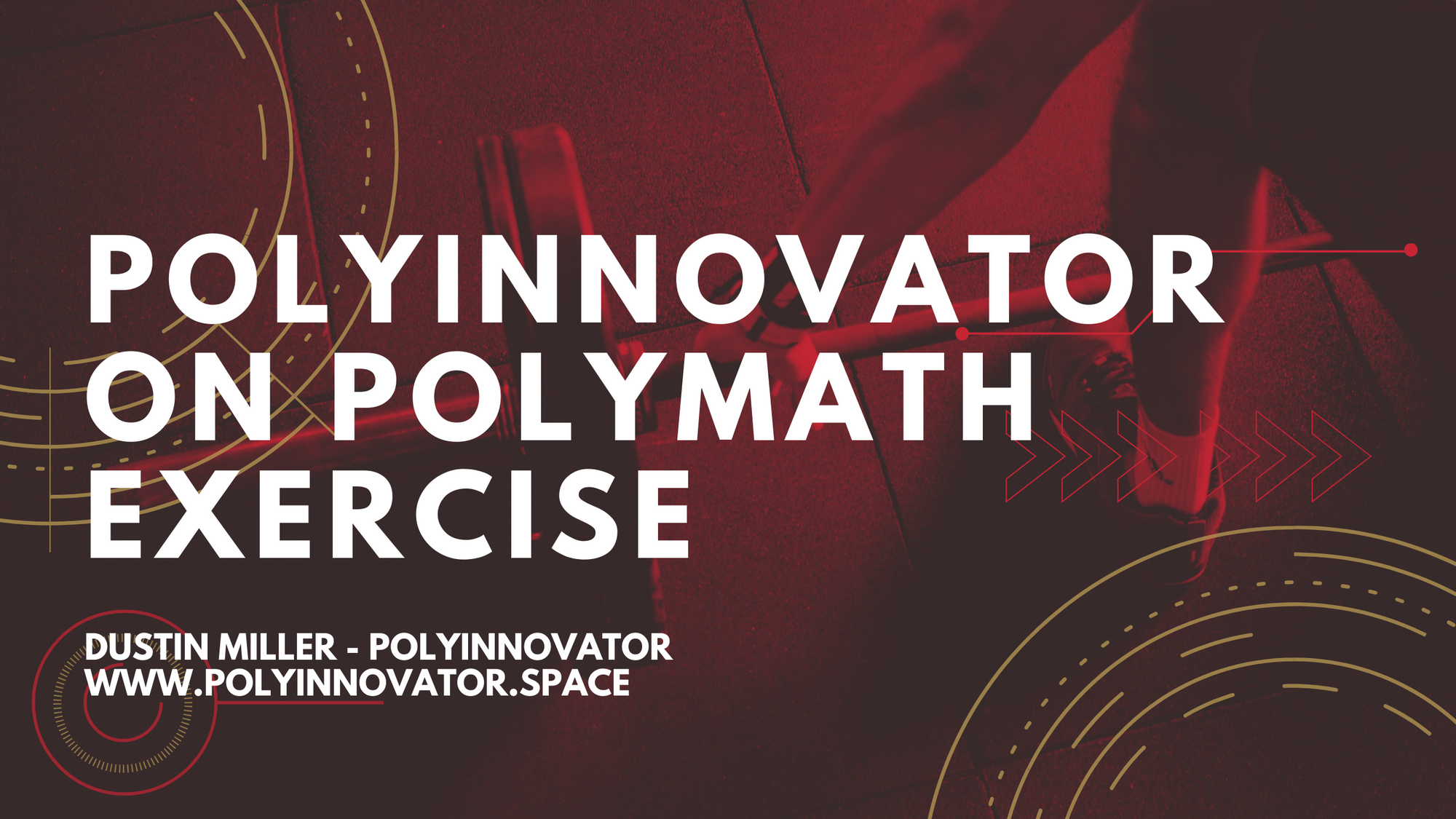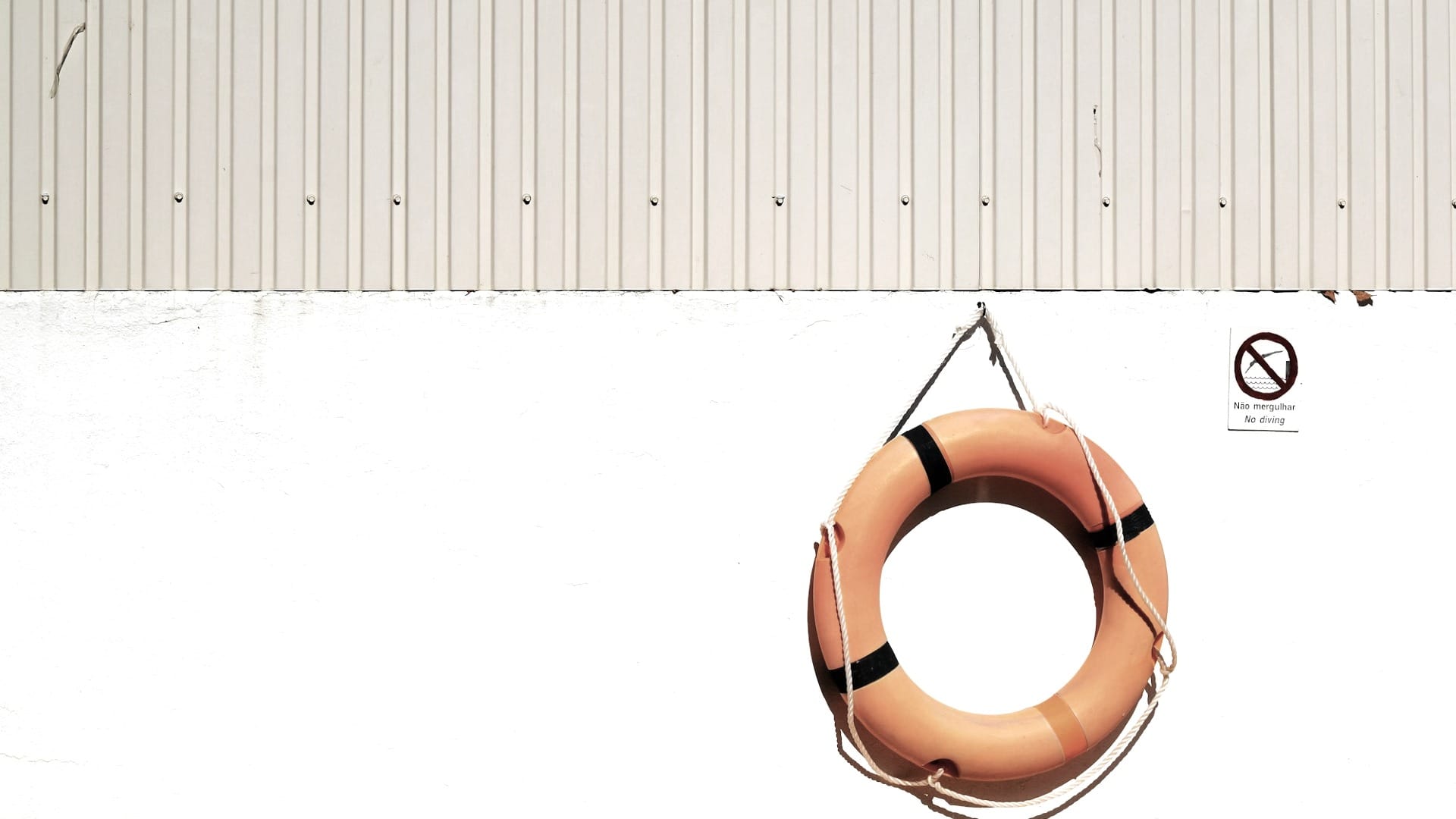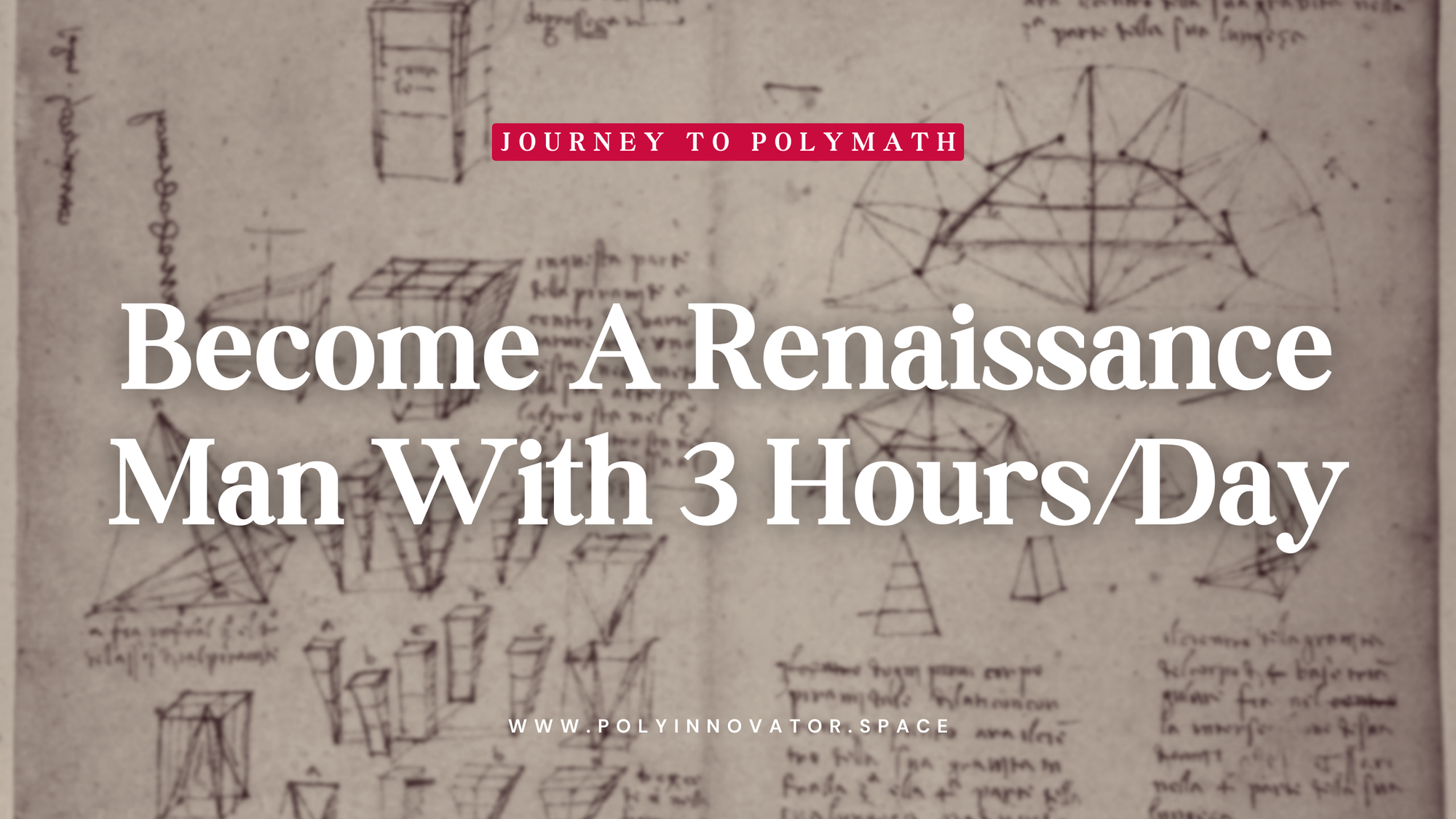-Read the Tag
This next content phase of PolyInnovator is all about Swimming, which is a part of the overall Polymath Exercise division of the PolyInnovator Ecosystem. What I mean is that exercise is something I have spent a long time learning, teaching, and practicing. Particularly both dry and wet workouts, as I have spent nearly a decade teaching swimming.
Not to mention a very long time teaching water aerobics, move your joints, and other Aquatic fitness classes. Since the focus of doing the interviews phase is wrapping up, it got me thinking what the next focus should be. Swimming came up to be an important topic for me, as I am teaching less now, and I would love to scale that up digitally.
Given that I am starting the fitness related content through Swimming, this post came to be as a means to explain the overarching Polymath Exercise Tag for the OmniBlog!
Why take the polymathic approach
The Polymath Exercise ideal is not too far off from the textbook definition of Crossfit:
“CrossFit is promoted as both a physical exercise philosophy and a competitive fitness sport, incorporating elements from high-intensity interval training, Olympic weightlifting, plyometrics, powerlifting, gymnastics, girevoy sport, calisthenics, strongman, and other exercises.” -wikipedia
In essence it is a divergent, and all encompassing philosophy. Mastering multiple areas, in the effort of covering every base. (All bases). You could think of it as a more advanced system than the traditional cross fit training. Where they would focus on the common person looking to get stronger using multiple areas; The Polymath approach focuses more on the advanced users, such as the Bioneer, or other highly motivated/skilled individuals.
Even if you are starting out however I highly suggest following the philosophies put forth in this system. After all you might as well start off strong!
A dynamic understanding of exercise
I think, or rather I believe that this concept is for anyone. Literally anyone, but it is most suitable for those in the "advanced" category as mentioned earlier. This is because the cross section of skills will be not only much more adequately implemented, but more over understood completely.
Albeit someone who is a novice in many areas will still benefit from having divergent exercise routines, as long as they are able to follow them. Most of the progression that comes from exercise is more from consistency more than anything. Spreading yourself too thin is a constant hindrance of polymathic individuals. Which is why Crossfit gyms became so popular it helped create group efforts towards the ideal. However due to over-marketing, dumbed down techniques, and quantity > quality mentality the essence of Crossfit has been lost.
Being dynamic with your exercises is key.
How to encompass everything
The Poly in Polymath Means “Much or Many”
Therefore in order to follow a “polymath” approach, we need to encompass multiple areas of expertise. The trick to doing this is to not do all of them at once, but to build it up over time. Being polymathic isn’t a hard skill, and for some like myself or Da Vinci it came more naturally. However it is just a way of thinking about progression nothing more.
Progress in your life with one skill, then you have a specialty.
Progress in your life in many areas, then you have polymathy.
Neither is better than the other, just one may be better for YOU.
Understanding yourself is key to not only this ^^^, but to exercise as well. You must look within, and understand how your body works. Understand what you are feeling, for example the other night when exercising I was out of breath. A feeling that I don’t feel too often anymore since I’ve gotten stronger.
It felt off, but I knew I need to keep going.
How can you encompass EVERYTHING into your workout? Look Dustin I barely have enough time to go to the gym, let alone get anything else in!
I hear you, but it may take more time. Both on the day to day experience, but over the long run as well. If you can only spend enough time for a couple philosophy elements. Then it is going to take longer to get to the point of Polymath Exercise. Now you may ask, why should I do it at all?
Firstly, we have as a species developed exercise regimens of all kinds, with some being better than others. I.e. Shaolin training in China for example, or Spartan warriors (it was their society that caused them to be so strong).
Regardless of what you aim for, whether it is to look good in the mirror, or to compete in a world championship. The actual actions you are taking are the same. Seriously the same, but the AMOUNT of actions change. Which means your training shouldn’t look too much different, but simply at a lower intensity.
This will be explained more when we talk about the Three Variables of Exercise.
Which you can learn more about here:

The concept however is simple:
No matter what form of exercise you are doing, no matter what level, and where you are level wise. All three of these variables come into play, and more importantly only ONE should be the focus of any given workout for safety reasons.
SPEED
INTENSITY
VOLUME
How fast you are going, how heavy or how much resistance there is, and how much/or how long you are doing it.
In each workout you may go for reps, or maybe heavier weight/intensity, perhaps you are really focused on short fast burst reps. Etc.
When you approach each routine with this filter you will immediately start seeing the underlying foundations of why the workouts are making you get stronger. At least you should! Some people do just go to the gym and exercise, without putting much thought into it. However you are reading this post, so I presume you are not that kind of person. At least not anymore!
Power, Strength, Stabilization
These three levels of intensity are what I learned in the personal training book I was reading around the time I got started training others. When you break down your actions into one of these ideals, then the exercise changes. You could literally do the same movement, but change it enough that it feels completely different.
Intensity
When changing levels think of it as working on balance and basic movements, note: this doesn't mean it is "easy". Then going for the true strength, being able to move a certain amount of weight, or pick a certain amount up. For example there was a pool umbrella yesterday that I was about to move. My friend nearby simply exclaimed that I wouldn't be able to move it, as it was 200+ lbs, but I moved it rather effortlessly. This is because I have that deep strength after many years of training it.
Finally you have power, which everyone needs, but most people fail to get to that point. Ideally you would go up the stairs of balance, strength, then power. This is so that you can train the core, work on form, and understanding your body much more. So that in the high intensity exercises i.e. with heavy weight like power lifters, then you will know what you're doing. Thereby not going to get hurt most likely. You don't have to be a power or olympic lifter to exercise this area of your routines.
Although you do need a high challenge ceiling, so whether that is sprinting, swimming swift, or lifting heavy compared to your usual routine. Something drastic has to change, and you need to balance that out with safety!
This section is part of the overall Polymath Exercise, but I wanted to share some knowledge a bit, and talk about Swimming.
The Philosophy and Hydrodynamics of swimming
Swimming is often understood to be as important as walking, and yet a large percentage of the population can’t swim. I’ve been teaching people of all ages how to swim for the better half of a decade, and one thing that stands clear is that it is not as hard as people make it to be.
First you get the concepts mentally, then you physically try, then you physically fail. You have to fail in order to get better. Same as any other skill, but you can diminish the amount of time it takes for that to happen. You CAN fail less, and you CAN learn quicker. Only if you have the right instructor, and due to my experience I would be that person. Now this isn’t to sell you on training with me, there is not enough time in the world to teach everyone a MasterClass. At this point I don’t even have the online course set up yet, but I plan on writing a book (to help you mentally get it), and creating a course to show you how to physically do it. This would encompass everything that I would teach you in person, so that I can reach a much bigger audience of people.
At this point in time I have trained HUNDREDS, if not a thousand people, but through this course that exponentially increase in people I can help.
Let’s get started!
First and foremost FORGET ABOUT BREATHING, yeah I know you gotta do it, but hold on a second.
Your brain can’t multitask, as much as you think you’re great at it, there is scientific studies that state we are only good at switching tasks. Once you understand that, then it becomes clear you can’t be thinking about swimming and breathing at the same time. As a beginner they ARE mutually exclusive, and you really want to focus on the actual act of swimming.
This part is hard for people because either they listen to me, and fail hard because they are overly eager to swim really far. OR they don’t listen to me and fail because they can’t move anywhere.
Once you learn how to move effectively without breathing, then we can work on breath control and longevity. After that comes learning to breath, which usually a session of lessons last for six times, it usually takes three sessions for people to really wrap their head around that. So the sooner you accept it, the better you will be!
I’ll save some of the information for the blog posts, ebook, and courses; However I will leave you with this today.
In all my years of teaching I have distilled it down to THREE simple steps, that once you’ve mastered you will be better than 80% of the population.
- Kick your legs straight.
- Face DOWN into the water.
- Arms out of the water, Diving back in.
Once you truly get those steps, then you can swim. Do notice how breathing is not in there at all, that is intentional, as breathing is not a part of swimming. It hinders your speed and momentum, and to me is a necessary ADD-ON to swimming. If only we could develop gills!
Hold it right there! To the people who think that “Oh I know this, and this is stupid “, then hold a second.
You need to master these fundamentals to keep a strong momentum, in order for yourself to be able to stay high enough in the water to breath. That is why it is so important.
In Conclusion
The ideals of Polymath Exercise, are about combining various facets of different exercise routines. Putting them together in a unique way so that you can benefit the most.
WHY
Viewing any exercise, or regimen, through the lens of what level it is: balance, strength, or power; Then gives you a greater understanding of WHY you are doing said exercise.
HOW
If you focus on just one thing, then you will eventually plateau, and you will have to change a variable to move past.
WHAT
These are all different levels of abstraction, with Polymath Exercise being the over encompassing umbrella for it all. Giving you a system to aim for even greater heights.
![Official Website for Dustin Miller PolyInnovator [LLC]](https://polyinnovator.space/content/images/2025/03/polyinnovator-logo-2024.png)












